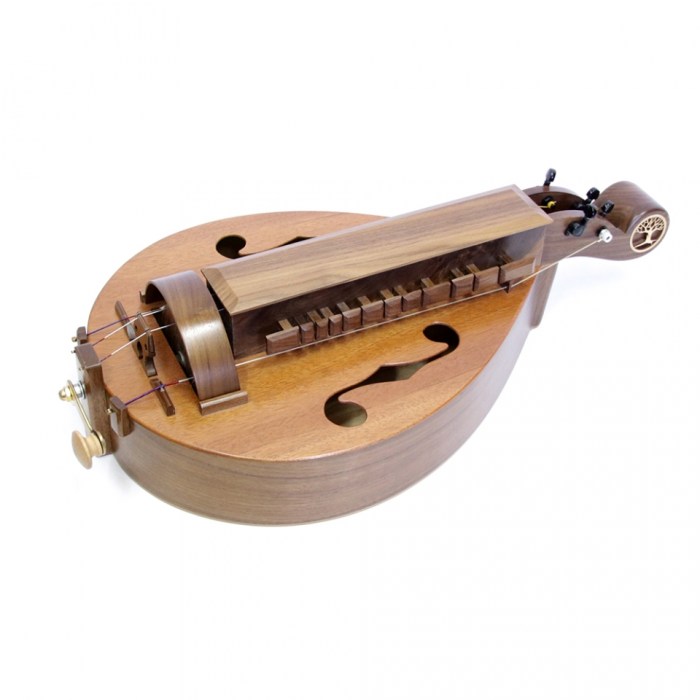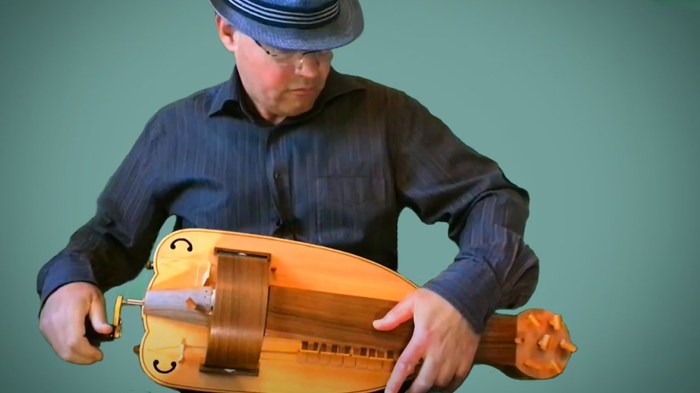The stolen medieval pear-shaped string instrument, an artifact shrouded in mystery and intrigue, invites us on a captivating journey through time. Its unique design, enigmatic origins, and enduring legacy have left an indelible mark on the tapestry of musical history.
From its humble beginnings to its widespread popularity, this instrument played a pivotal role in shaping the musical landscape of medieval Europe. Its distinctive pear-shaped body, intricate stringing system, and enchanting melodies have captivated audiences for centuries.
Historical Background of the Instrument

The pear-shaped string instrument emerged in medieval Europe during the 12th century. Its origins are shrouded in mystery, but it is believed to have evolved from earlier bowed instruments such as the rebec and the vielle. The pear-shaped instrument quickly gained popularity due to its versatility and expressive capabilities, becoming a staple of medieval music.
Cultural Significance and Popularity
The pear-shaped string instrument played a significant role in medieval culture. It was used in both secular and religious music, from courtly love songs to liturgical chants. Its ability to produce both delicate and powerful sounds made it suitable for a wide range of musical genres.
The instrument was particularly popular among troubadours and minstrels, who used it to accompany their songs and tales.
Physical Characteristics and Design

Distinctive Pear-Shaped Body
The pear-shaped string instrument is characterized by its distinctive pear-shaped body. The body is typically made of wood, with a carved belly and a flat back. The shape of the body provides excellent resonance and projection, giving the instrument a rich and full sound.
Construction Materials
The pear-shaped string instrument is typically constructed from a variety of woods, including maple, spruce, and willow. The choice of wood affects the instrument’s tonal qualities, with different woods producing different sounds. The belly is often made of a softer wood, such as spruce, to allow for greater flexibility and vibration.
Stringing System and Tuning Mechanisms, Stolen medieval pear-shaped string instrument
The pear-shaped string instrument typically has four or five strings. The strings are made of gut or metal, and they are tuned using pegs or a screw mechanism. The tuning system varies depending on the period and region, but the most common tuning is G-D-A-E.
Measurements and Dimensions
The pear-shaped string instrument is typically between 20 and 30 inches in length. The body is usually about 10 inches wide at its widest point. The neck is about 12 inches long and the fingerboard is about 15 inches long.
User Queries: Stolen Medieval Pear-shaped String Instrument
What are the origins of the pear-shaped string instrument?
The origins of the pear-shaped string instrument can be traced back to the Middle Ages, with influences from both Arabic and European musical traditions.
What was the cultural significance of the instrument during medieval times?
The pear-shaped string instrument held a prominent place in medieval society, used in both secular and religious contexts. It was a symbol of courtly entertainment and a fixture in taverns and marketplaces.
What are the unique physical characteristics of the instrument?
The instrument is characterized by its distinctive pear-shaped body, crafted from a variety of woods. It typically has four to six strings, with a unique stringing system that allows for a wide range of tunings.

